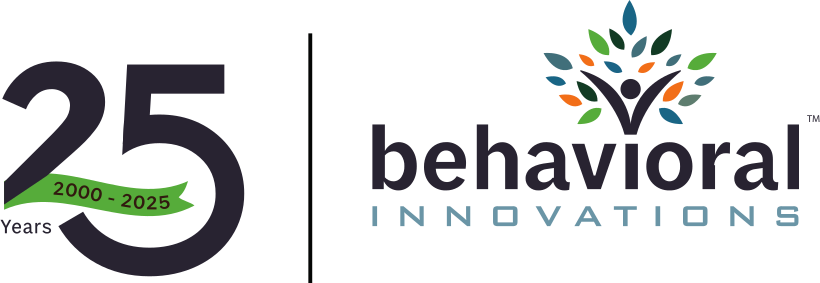
Historically, maintenance strategies for critical systems relied heavily on fixed schedules, known as preventive maintenance. And while this is useful, it follows an arbitrary timetable that either overserves or underserves the actual needs of the equipment. “Too frequent” maintenance, besides being unnecessary, can lead to avoidable downtime and waste valuable resources. At the other end of the spectrum is reactive maintenance — fixing issues only after they arise, which leads to system failure at the most inopportune moments. Relying on any maintenance schedule that doesn’t include insight into real-time conditions means critical indicators are being missed.
Nowhere is this more critical than in the biopharma industry. When storing life-saving products, misplaced maintenance translates into lost time and higher costs that could compromise the potency and safety of medicines, vaccines, or medical products. When refrigeration equipment, vital to the Biopharma industry, goes down, it has consequences that extend beyond the immediate. It endangers community health and creates ripple effects through global supply chains. Predictive maintenance protects these operations.
Predictive maintenance technologies — a new standard, a new age
Predictive maintenance (PM) leverages key technologies like wireless IoT sensors, machine learning, AI, and advanced analytics to continually assess equipment health. These systems monitor temperature, pressure, electrical, vibration, and other key indicators in real time. This data is analyzed to detect variations from established baselines and other anomalies, allowing repairs to be made on a priority basis only on the equipment that needs it, before an inevitable failure occurs.
More than just a convenience, PM is an entirely new way of ensuring operational excellence in critical industries like healthcare, biopharma, and life sciences. It replaces arbitrary time-based schedules with true condition-based insights. As a result, downtime is minimized and equipment longevity and efficiency are maximized.
If you outfit an environmental chamber (housing life-saving vaccines) with strategically placed sensors, you can use that data to detect subtle performance variations, which are the early indicators of a future failure. These insights let you detect deviations before they escalate into a threat to the chamber environment. With that long lead time, maintenance can be scheduled proactively at a time that doesn’t interrupt operations, avoiding spoilage of valuable products and delays in delivery. This capacity to act in anticipation, rather than reaction, is what sets PM apart and establishes it as the gold standard in industries with vital, life-saving products.
Maximize equipment uptime and operational efficiency
Organizations that rely on refrigerated systems know equipment uptime is tied directly to operational efficiency and service quality. Predictive maintenance reduces unexpected breakdowns and keeps things running efficiently, making scheduling service interventions in advance easier. It allows teams to concentrate on proactive improvements during regular working hours rather than rushing to handle emergencies at odd hours.
PM also minimizes the need to keep extra equipment on hand for emergencies. This lowers expenses while optimizing resource use, so companies can get products to market more smoothly. These tools allow organizations to manage their systems better, adjust energy usage more effectively, and reduce waste, leading to financial savings and progress toward sustainability goals.
Protect life-saving products
Predictive maintenance has a significant role to play in safeguarding life-saving products. Vaccines and other medications undergo stability tests where they must be stored in a chamber and maintained within a specific temperature range over time. If the temperature goes out of specifications, the results can delay products getting to market.
PM ensures that those chambers are always running optimally by providing early warnings about mechanical issues that could eventually threaten the products. This maintains product integrity and ensures that public health is protected.
For healthcare providers, regulatory bodies, and other key stakeholders, this instills trust knowing that there is a dependable solution in place that emphasizes control, precision, and accountability. It lets organizations gain trust within their communities and the ecosystems in which they engage.
Lessons learned
The shift toward PM practices represents storage facilities’ responsibility to protect life-saving products and the people they serve. In the past, arbitrary maintenance schedules and planned downtime were necessary expenses. Now we have the tools to think and work differently.
Adopting predictive practices requires an upfront investment, adjustments to workflows, and a shift in how and when maintenance is handled. However, that initial cost is nothing compared to the expense of dealing with an emergency — think disrupted operations, late-night calls for support, piles of paperwork, and possible product loss. Laying out a clear roadmap can help ensure a smooth transition to predictive practices and get the most value out of it.
The future
Predictive maintenance is about optimizing operations, fulfilling our role as stewards of critical resources, and prioritizing the well-being of the communities that rely on them. This technology is future-proofing and protecting essential biopharma processes and ultimately saving lives. The implications for the healthcare industry alone are transformative, as are the possibilities for more reliable and sustainable healthcare practices.
Photo: lvcandy, Getty Images
Laurie Masiello is the Co-Founder and CEO of Predictive Monitor, a company that empowers organizations through predictive analytics and strategic foresight. Known for the motto “early warning predicts success,” she champions integrity, quality, and resilience. Laurie was previously CEO and Co-Founder of MASY BioServices, a biopharmaceutical company recognized for excellence, earning ISO-9001 and ISO-17025 accreditations under her leadership. Her work has earned her the title of “Outstanding Woman in Business” by the Worcester Business Journal. A dedicated community leader, Laurie serves on multiple industry and nonprofit boards, where she shares her expertise and passion for innovation.
This post appears through the MedCity Influencers program. Anyone can publish their perspective on business and innovation in healthcare on MedCity News through MedCity Influencers. Click here to find out how.











